The world's fastest-growing and fastest-shrinking economies
lovemoney staff
19 May 2017
Global financial winners and losers
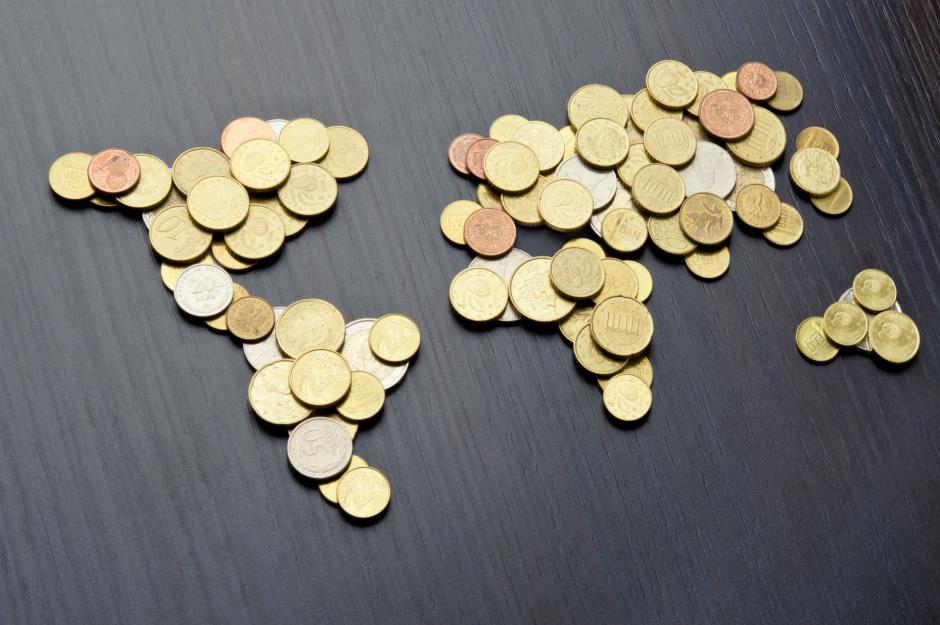
Shutterstock
Want to know which nations are booming right now and which countries are in dire economic straits? Using the latest annual figures from the IMF's World Economic Outlook (WEO) database, we've rounded up the 15 fastest-growing economies in the world, as well as the 15 economies that are shrinking the quickest, according to their real GDP. Let's start by looking at the economies on the rise.
Rising – Senegal: 6.6% growth rate
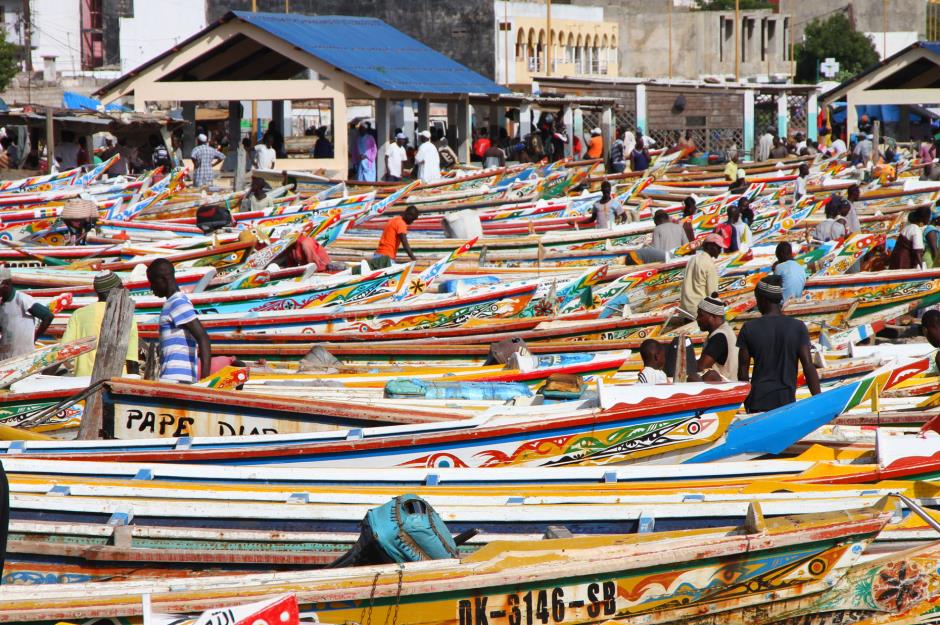
Giuliano Del Moretto/Shutterstock
The second fastest-growing economy in West Africa, Senegal is booming right now. Up slightly from 2015, the growth rate hit 6.6% last year, buoyed by a flourishing agricultural and fishing sector, not to mention strong growth in the chemical and extractive industries.
China: 6.7% growth rate
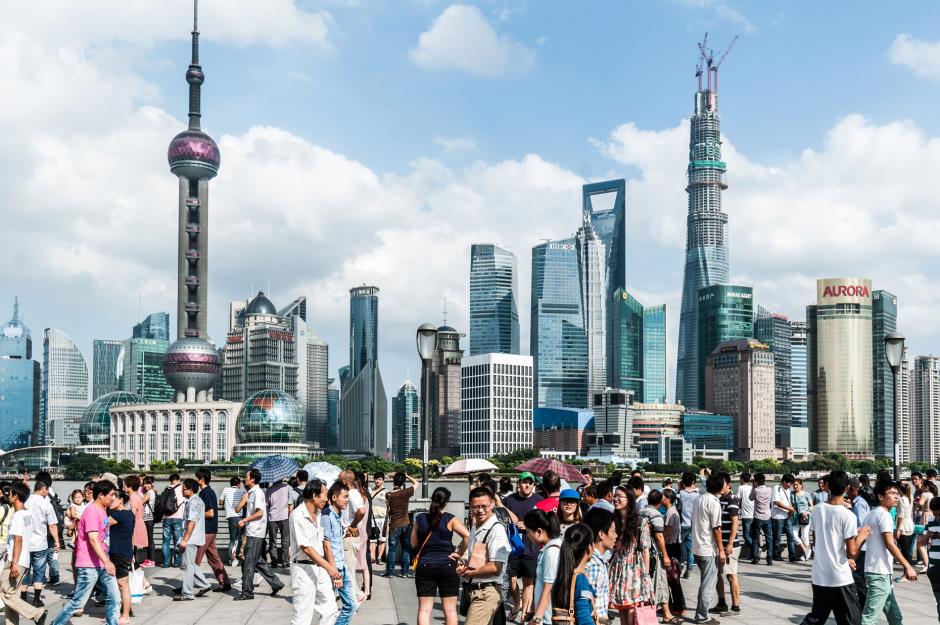
Basskwong/Shutterstock
Given the slowdown in the domestic real estate market and tightening of government spending, China isn't experiencing the explosive economic growth it enjoyed in the 2000s. Nevertheless, the country still boasts an enviable growth rate, which stabilized at a healthy 6.7% in 2016.
Philippines: 6.8% growth rate
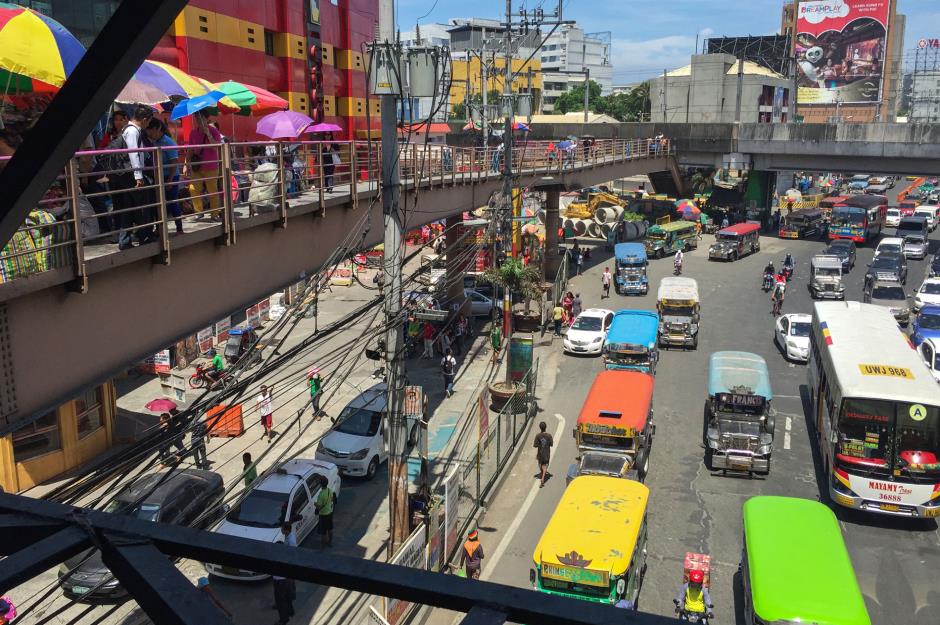
Akarat Phasura/Shutterstock
The Filipino economy has been performing well for several years now, helping to pull a record number of people out of poverty – the country's poverty rate shrunk from 10.5% in 2010 to 6.6% in 2015 – and the economic outlook is rosy. The IMF expects the growth momentum to persist during the next few years.
India: 6.8% growth rate
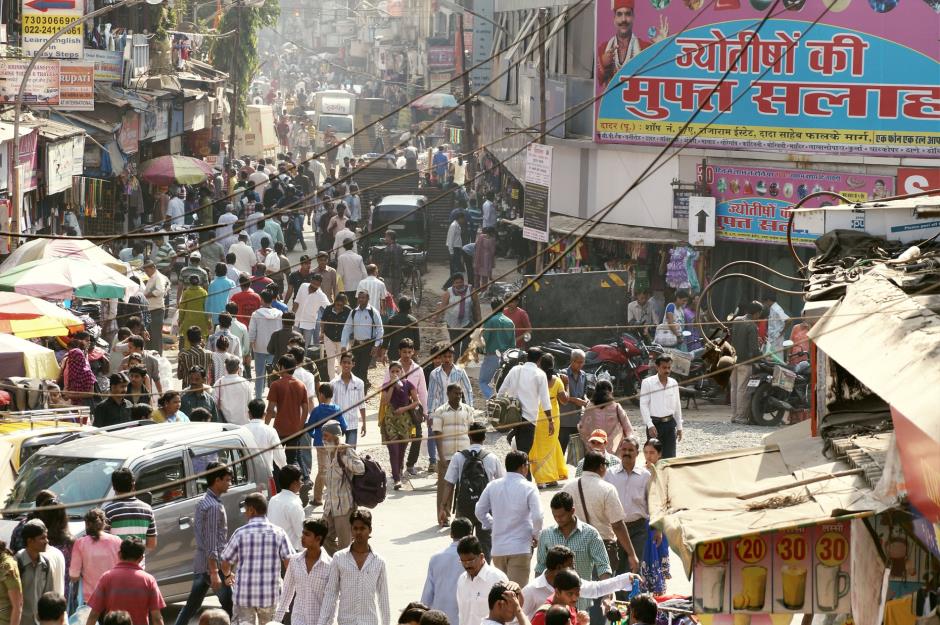
Monotoomono/Shutterstock
The fastest-growing large developing economy in the world, India enjoyed a growth rate of 6.8% in 2016, according to the WEO, despite the disruptions caused by the government's demonetization policy. The country is expected to maintain or even improve on this growth rate in 2017.
Tajikistan: 6.9% growth rate
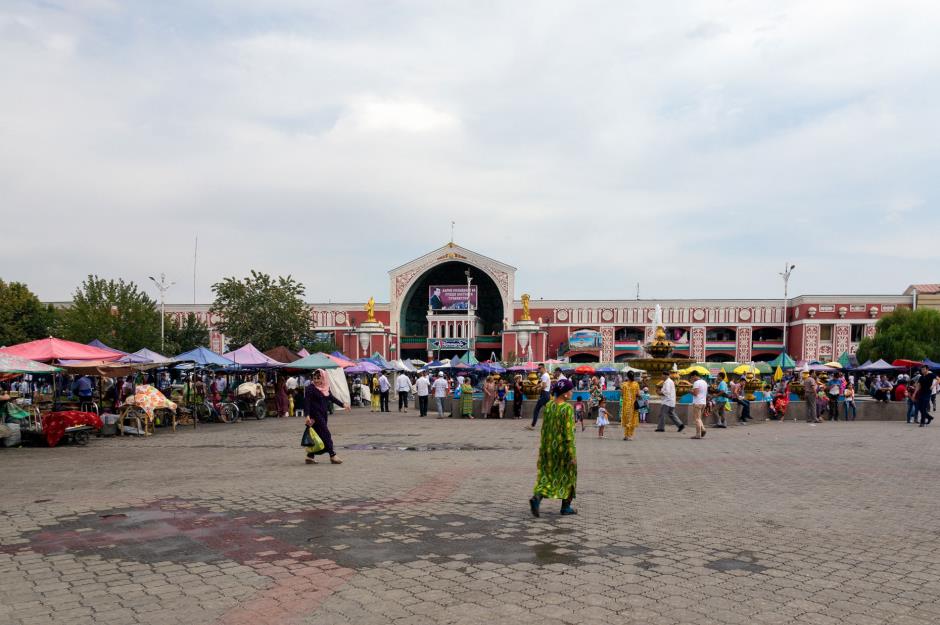
Philip Mowbray/Shutterstock
The Tajikistani economy, which is dependent on aluminum and cotton exports, grew by 6.9% in 2016. Economic growth has been steady and impressive in the Central Asian republic, poverty has fallen from 83% in 2000 to 31% in 2015, and the government is aiming to double GDP and reduce poverty to 20% by 2020.
Dominican Republic: 7% growth rate
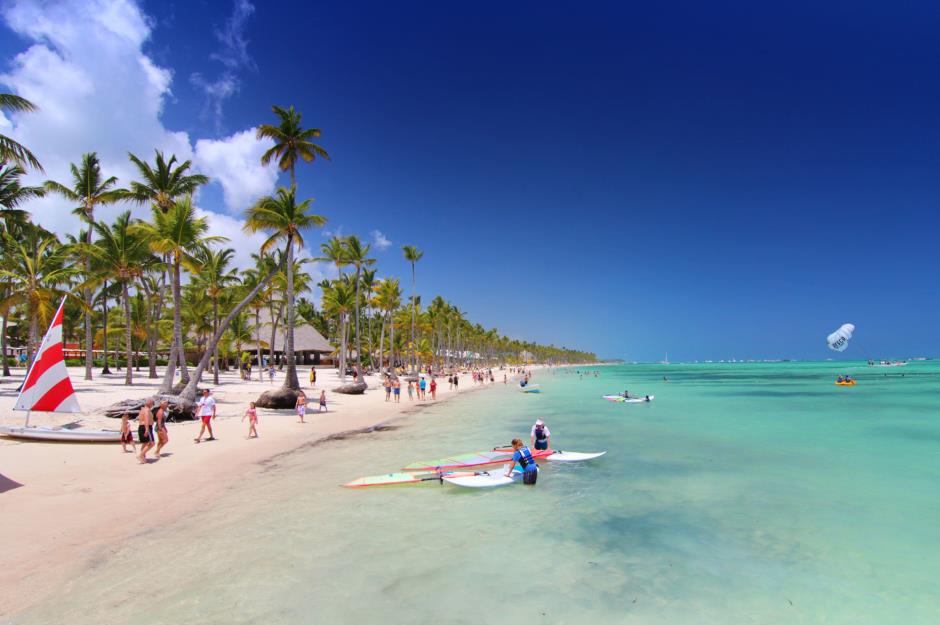
Petr Kopka/Shutterstock
Boosted by increased tourism and low oil prices, the Dominican Republic has benefited from one of the strongest growth rates in the Caribbean and Latin America in recent years, helping to lift a record number of its citizens out of poverty.
Iceland: 7.2% growth rate
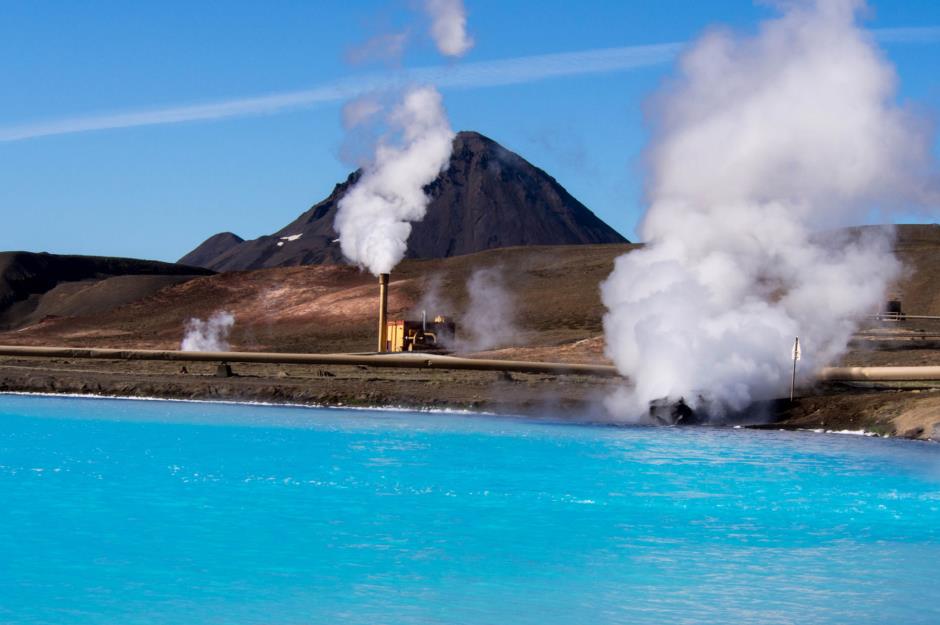
Adellyne/Shutterstock
The catastrophic financial crisis of 2008-2011 now a distant memory, the Icelandic economy has bounced back big time. Its debts paid off, the country is currently diversifying from fishing, tourism and mining into information technology and renewable energy, and its economy is thriving as a result.
Laos: 7.6% growth rate
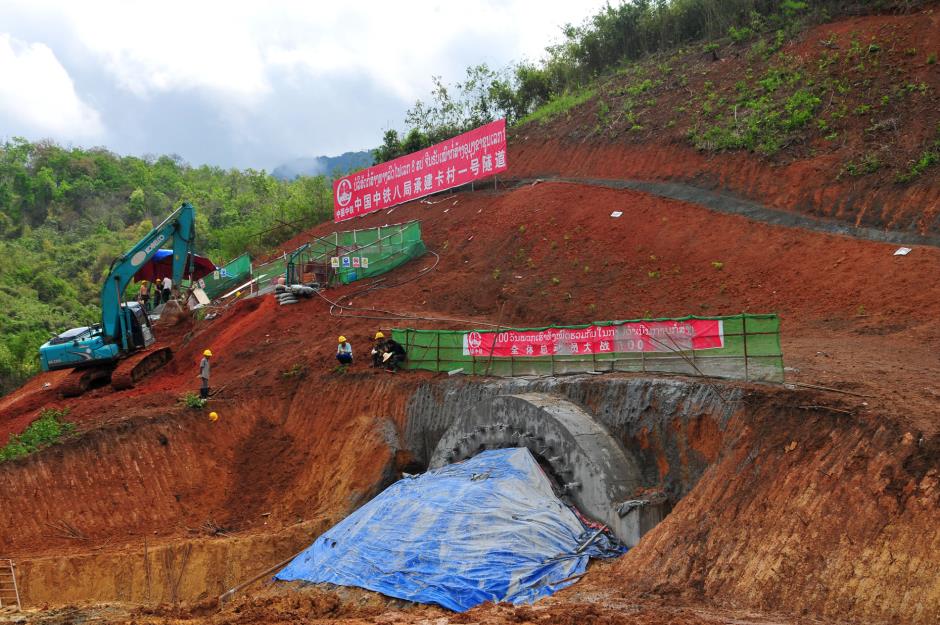
Xinhua/SIPA/PA
Though Laos remains a poor country, its economy is growing at an accelerated rate and poverty is on the decline. Bolstered by large infrastructure projects, including the $6 billion (£4.6bn) China-Loas rail link and a burgeoning hydroelectric industry, Laos' growth rate was 7.6% last year.
Uzbekistan: 7.8% growth rate
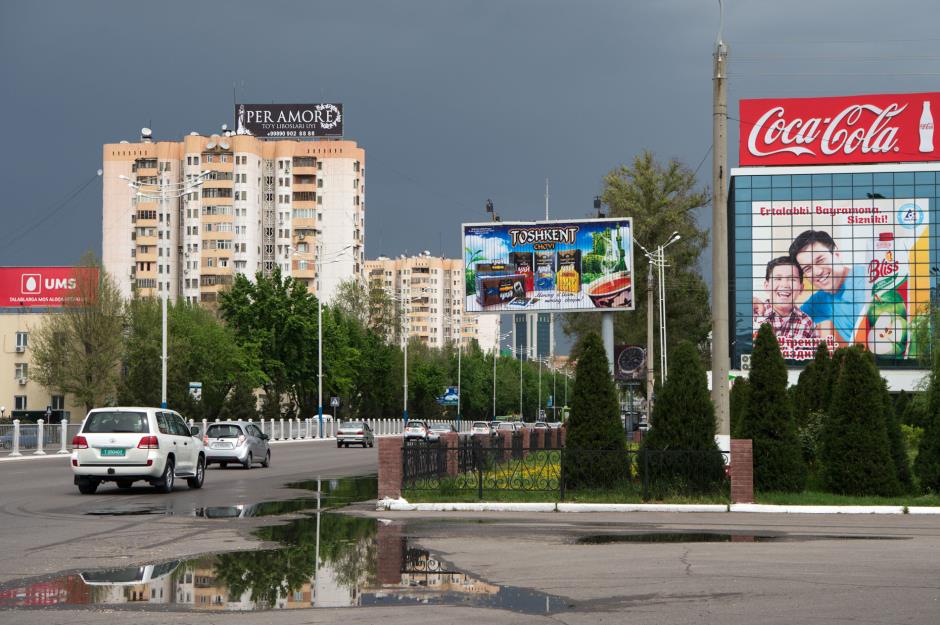
Bernd Von Jutrczenka/PA
Among the 'Stans, Uzbekistan has the fastest-growing economy – its growth rate of 7.8% is the strongest in the region. The expanding economy, which is fueled by increasing commodity exports – chiefly gas, gold and copper – has helped pull a record number of Uzbeks out of poverty.
Ethiopia: 8% growth rate
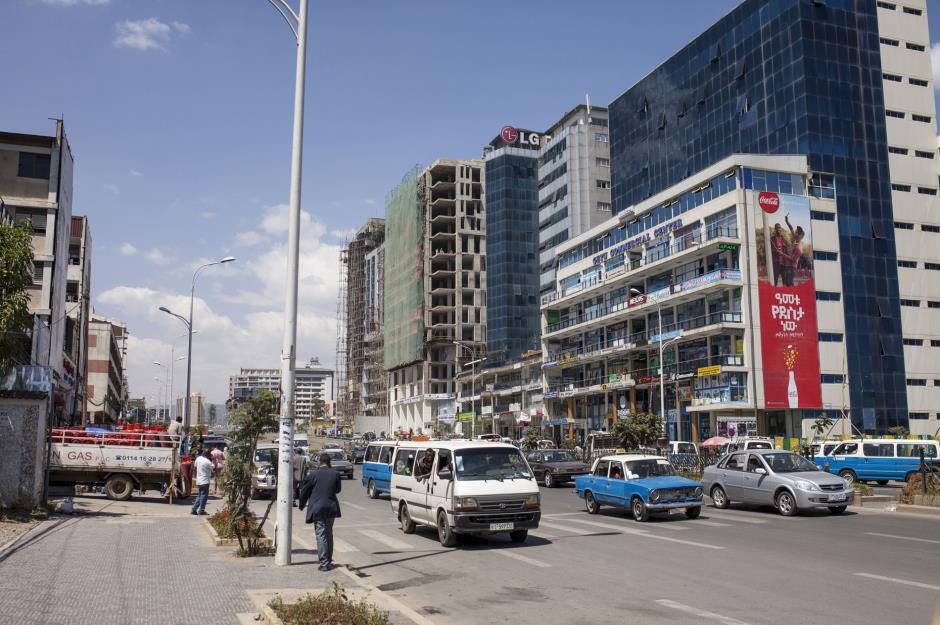
John Wollwerth/Shutterstock
A growing service sector and expanding agricultural revenues explain Ethiopia's high growth rate, but the country is still vulnerable to factors such as drought. Its economic growth rate slowed by 2% in 2016, partly due to the persistent lack of rain in parts of the country.
Nauru: 8.5% growth rate
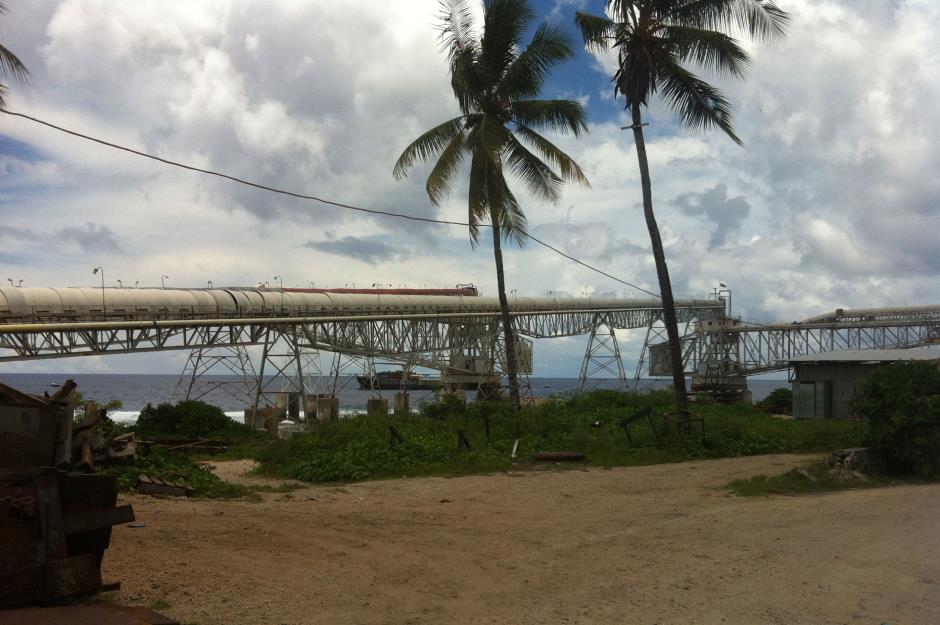
Sean Kelleher Flickr CC
This tiny island nation in the South Pacific relies almost entirely on phosphate mining to pay its bills. Secondary reserves were discovered in 2006 and the economy has been growing ever since. All this has come at a heavy price however: 80% of the country's surface has been strip-mined, precipitating an ecological disaster.
Ivory Coast: 8.5% growth rate
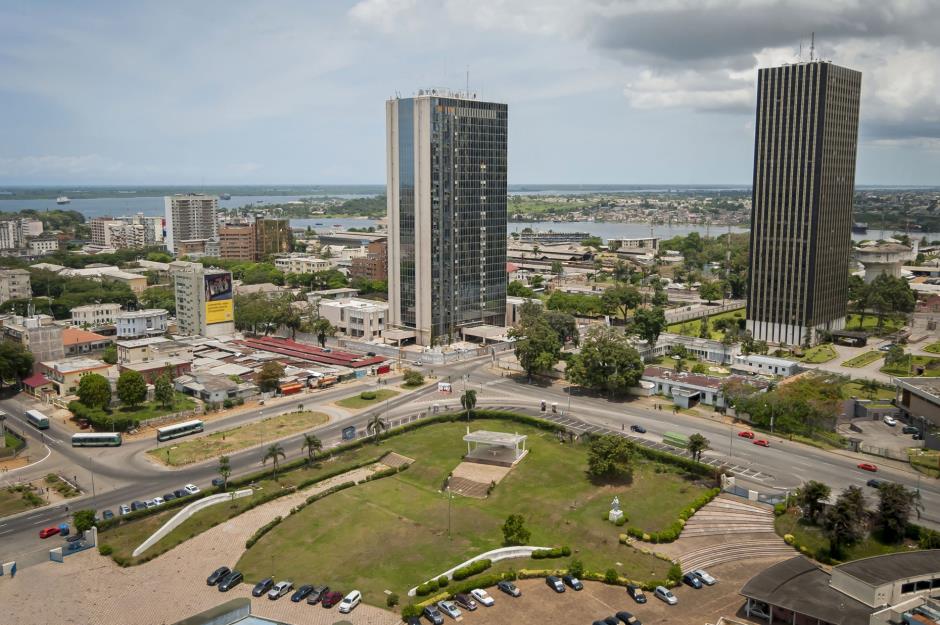
Roman Yanushevsky/Shutterstock
Africa's fastest-growing economy, Ivory Coast experienced a real GDP growth rate of 8.5% last year. Major sectors including telecoms and energy have been performing well and the government is planning to turn Ivory Coast into a middle-income economy by 2020, slashing the poverty rate in the process.
Monaco: 9.3% growth rate
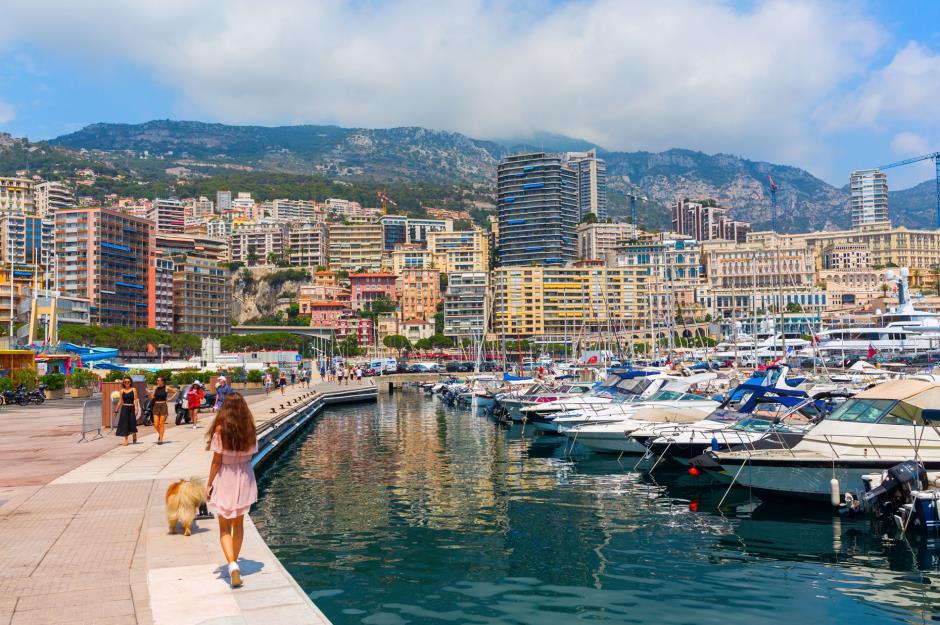
Christian Mueller/PA
Monaco's economy has turned full circle since it contracted by 11.5% in the midst of the Eurozone debt crisis back in 2009. The tourism, banking and real estate sectors, the Monegasque economy's main drivers, have since recovered spectacularly, hence the 9.3% growth rate.
Turks and Caicos Islands: 9.4% growth rate
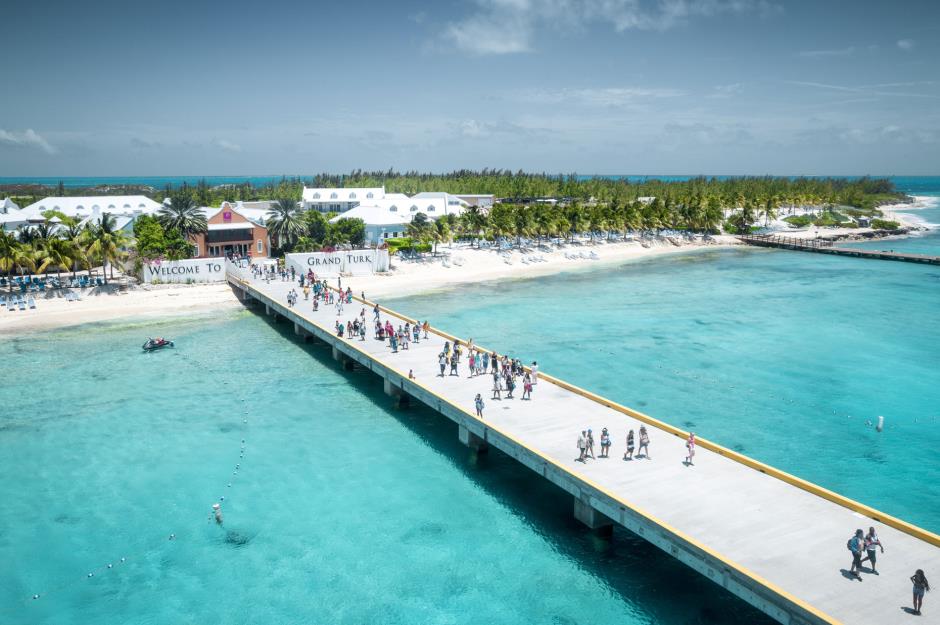
Mikolajn/Shutterstock
The tourism and offshore banking industries are booming in the Turks and Caicos Islands, so it comes as no surprise that the Caribbean country's GDP growth rate hit 9.4% in 2016, with the economy showing no signs of slowing down.
Iraq: 10.1% growth rate
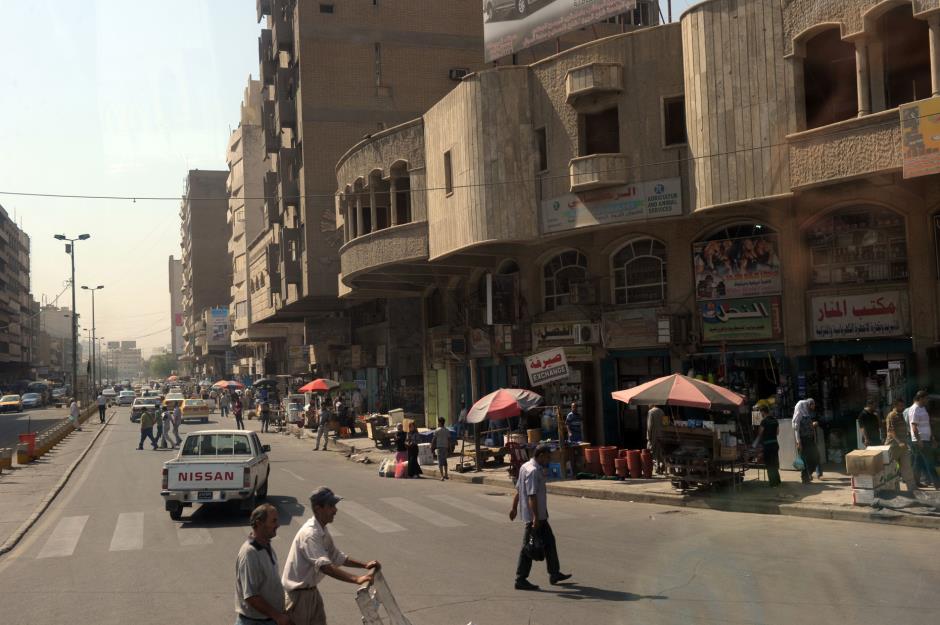
Thomas Koch/Shutterstock
The rise of ISIS and fall in oil prices have pummeled the Iraqi economy in recent years, but the economy began to recover in 2016. It's a case of the only way is up and while last year's 10.1% growth rate seems impressive, it's worth pointing out that the economy is recovering from a very low base and it's forecast to contract in 2017.
Falling – Suriname: -2.7% growth rate
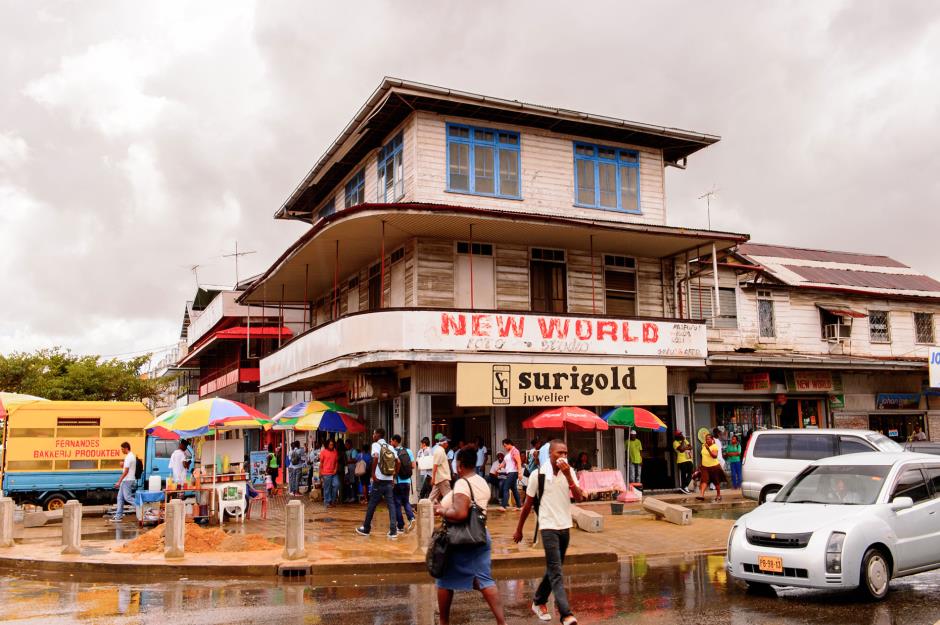
Anton Ivanov/Shutterstock
Now let's look at the countries whose economies are contracting the most. The 15th fastest-shrinking economy in the world, Suriname experienced negative growth in 2016. Low commodity prices, high inflation and currency devaluation are thought to be behind the slump.
Belarus: -3% growth rate
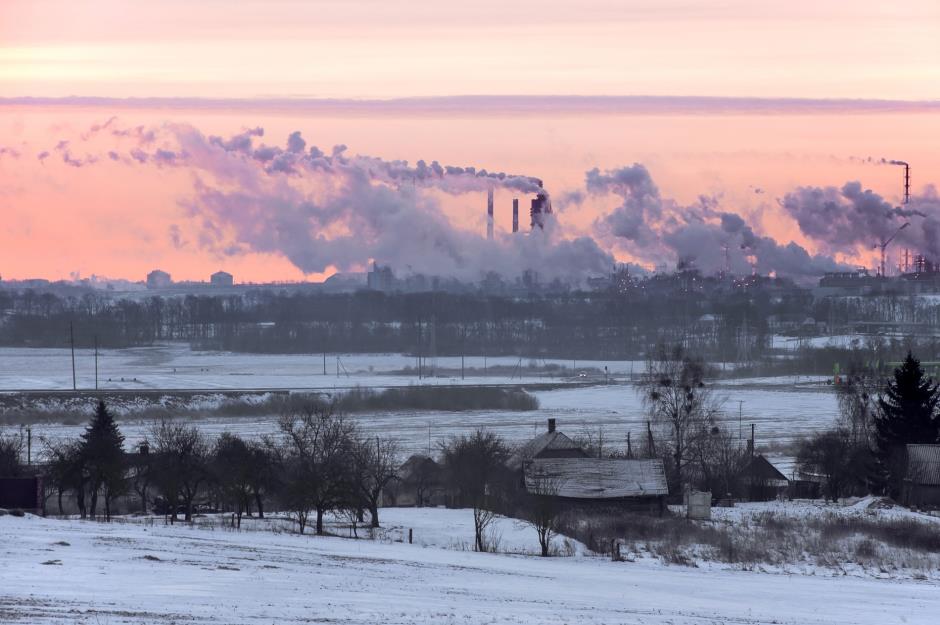
Shutterstock
The Belarusian economy has been in the doldrums for several years now. Its main industry, oil refining, has suffered since Russia stopped providing the country with dirt-cheap subsidized oil, contributing to last year's negative real GDP growth rate of -3%.
Brazil: -3.6% growth rate

Betto Rodrigues/Shutterstock
Although Brazil is poised to exit its deep recession this year, the country's economy is still in bad shape and unemployment is at a record high. A fall in commodity prices led to the 2014-2017 financial crisis and widespread corruption, political instability and social unrest have intensified the country's problems.
Macau: -4% growth rate
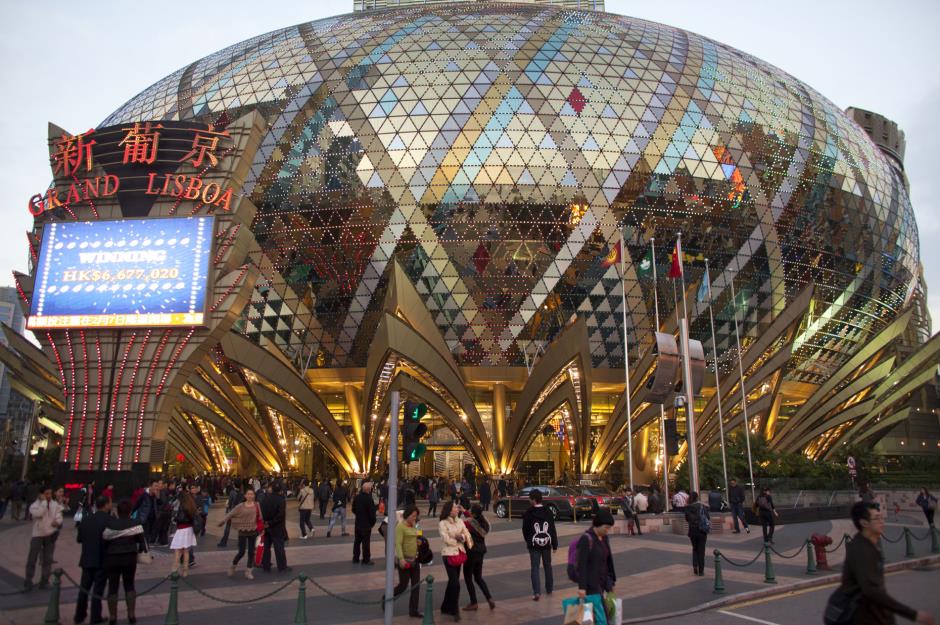
Tom Koene/PA
The gambling-based Macau economy contracted for the third year running in 2016, shrinking by 4%. The anti-corruption drive in China has resulted in fewer tourists and falling casino revenues for the casino hotspot.
U.S. Virgin Islands: -5.4% growth rate
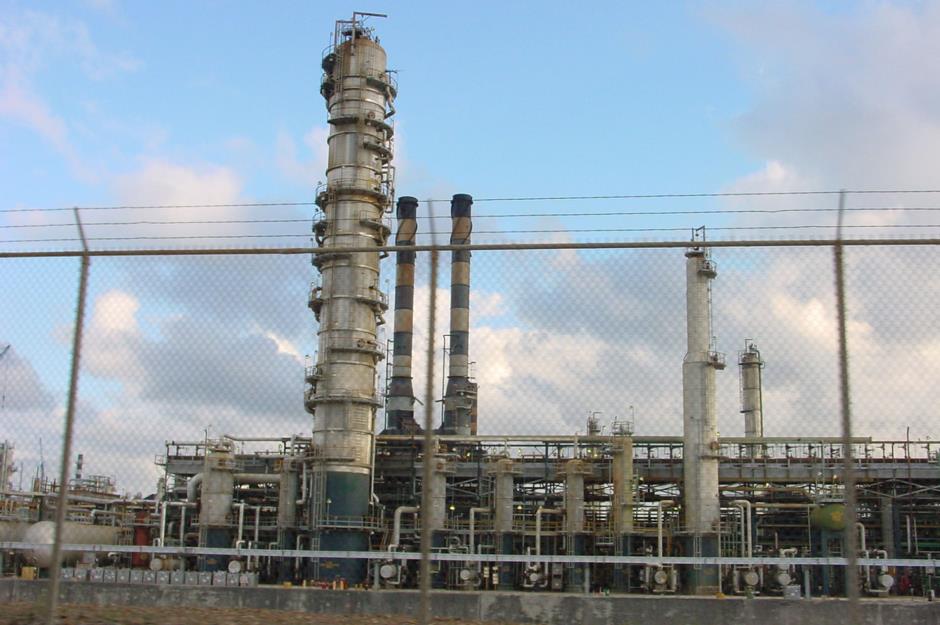
Cumulus Clouds Wikipedia CC
The closure in 2012 of the U.S. Virgin Island's only oil refinery, the nation's then-number one employer, has sent the economy into freefall and led to a massive rise in unemployment. Still, last year's -5.4% real GDP growth rate is an improvement on the dire 2012 rate of -13.2%.
Libya: -6.1% growth rate
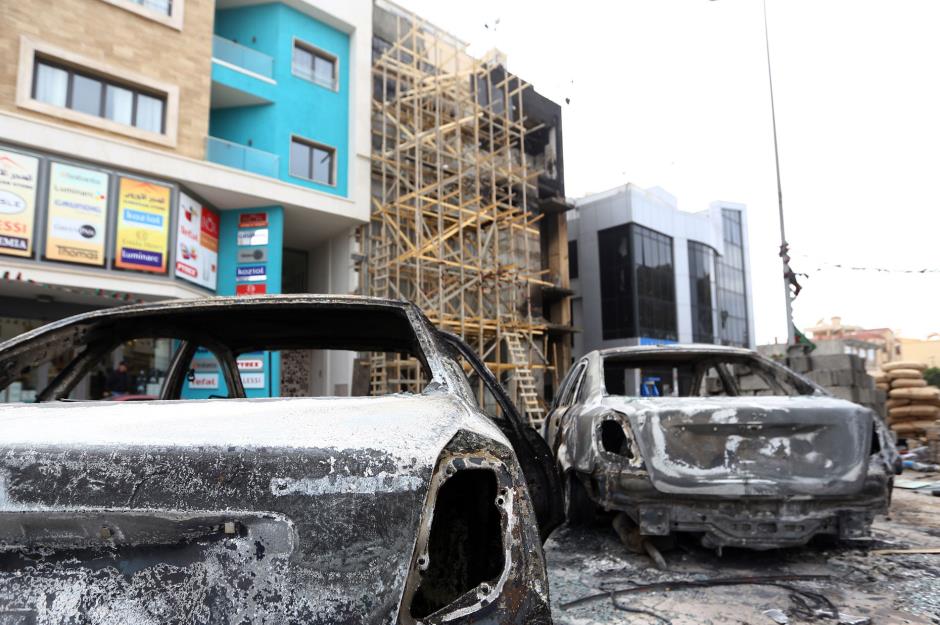
Xinhua/SIPA/PA
Mired in civil conflict, Libya has been unable to properly exploit its principal resource, oil. As a result, the economy is teetering on the edge of collapse. Last year, its GDP plunged to a damaging -6.1%.
Chad: -6.4% growth rate
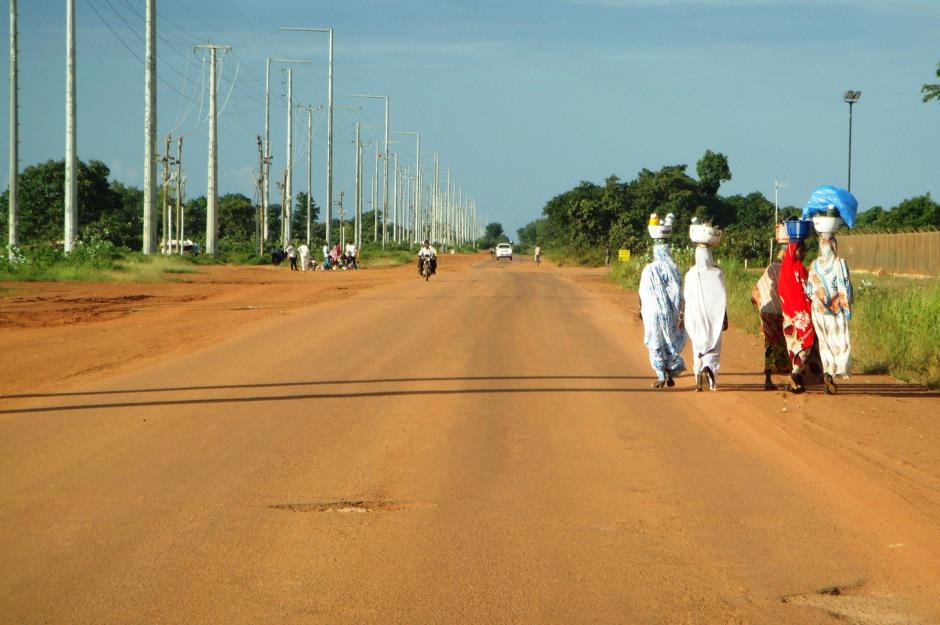
Ken Doerr Flickr CC
The poverty-stricken Central African country relies heavily on oil exports to survive, and the persistently low commodity prices of recent years have led to a major contraction of the economy, which shows no sign of abating.
Burundi: -7.2% growth rate
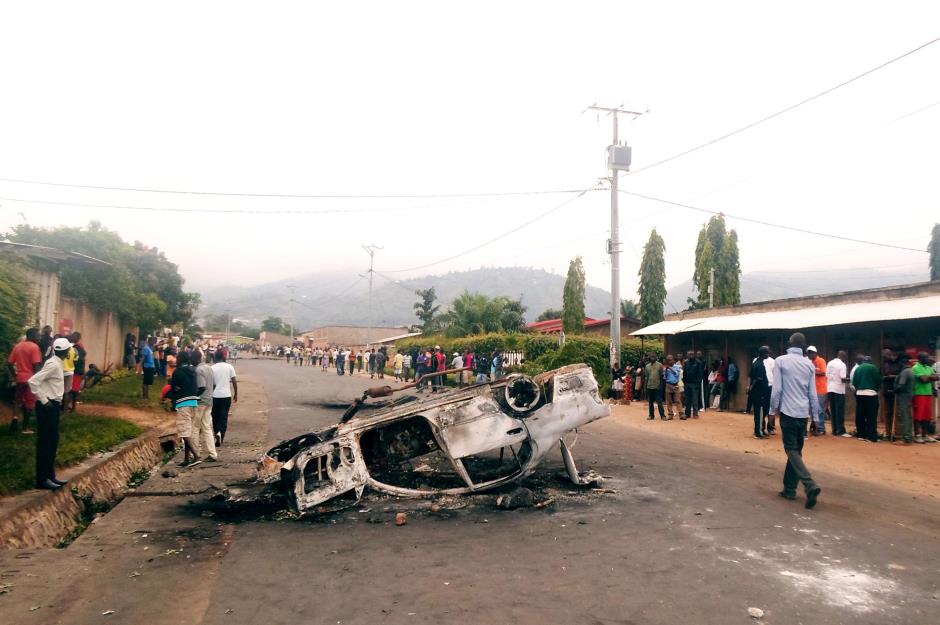
Apollinaire/Niyirora PA
Ongoing political unrest in Burundi has destabilized the country and negatively impacted on its economy. Last year, falling industrial output, fewer tourism receipts and depleted tax revenues contributed to negative GDP of -7.2%.
Anguilla: -8.5% growth rate
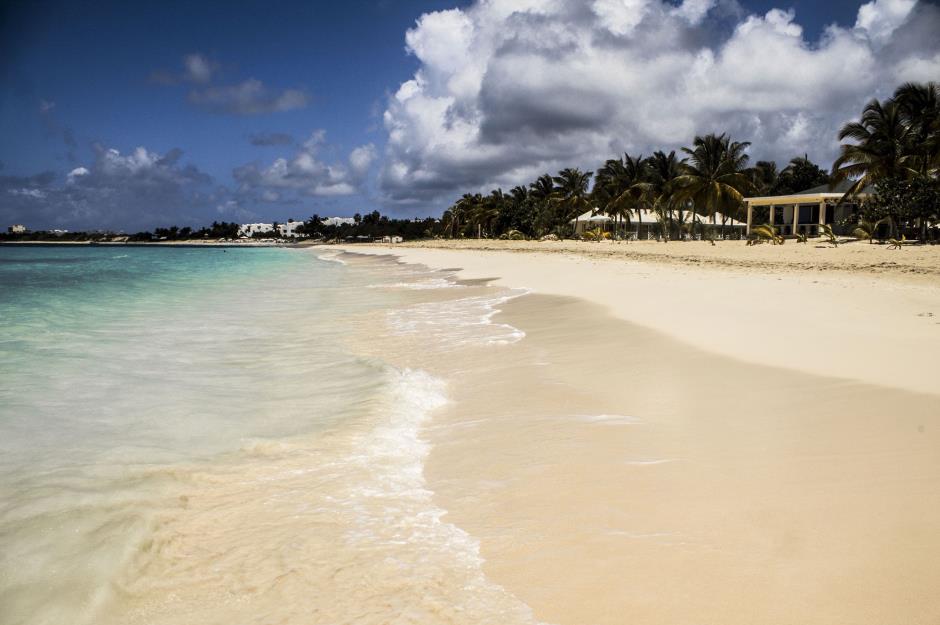
Isabella Photography/Shutterstock
Tourism and offshore banking are the mainstays of the Anguillan economy but neither industry has been buoyant in the country in recent years. Consequently, the Caribbean Island's economy has taken a battering and its GDP stood at -8.5% last year.
Syria: -9.9% growth rate
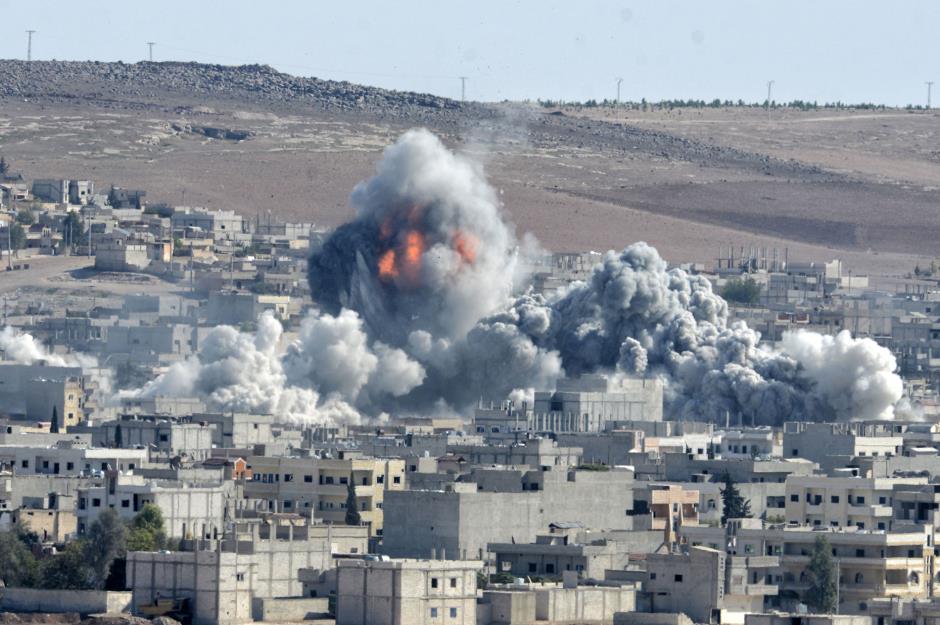
Orlokm/Shutterstock
Ravaged by civil war, Syria is in serious financial trouble. Since the start of the war, the Syrian economy has shrunk by 45%, unemployment has skyrocketed and the currency has lost five-sixths of its pre-conflict value.
Equatorial Guinea: -10.2% growth rate
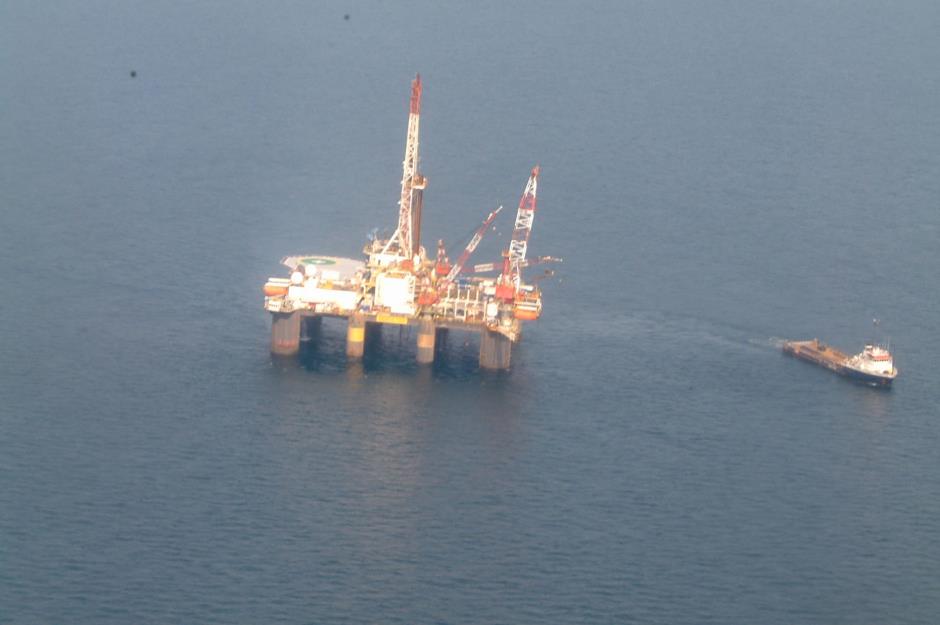
Dvdlws Flickr CC
Another country that depends heavily on oil, Equatorial Guinea has seen its economy contract as the price of the black stuff has fallen. Last year, the Central African country recorded GDP of -10.2%.
Gaza Strip: -15.2% growth rate
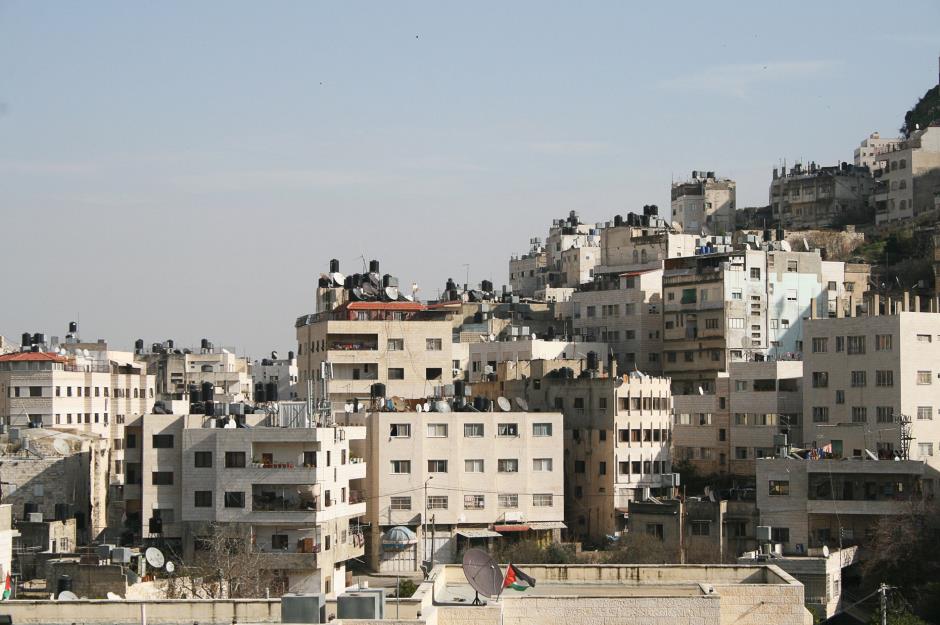
Sergio Sanchez/Shutterstock
The 2014 conflict with Israel had a huge impact on the Gazan economy and the ongoing Israeli blockade, coupled with the highest youth employment rate in the world, has translated to an appalling fall in GDP of -15.2%.
Venezuela: -18% growth rate

Xinhua/SIPA/PA
An economic basket case, in recent years Venezuela has gone from being one of Latin America's most buoyant economies to its most ailing. Hit hard by the falling price of oil, the country is currently experiencing hyperinflation, rising unemployment and chronic shortages of basic goods, as well as social unrest and political crisis.
Sierra Leone: -23.9% growth rate
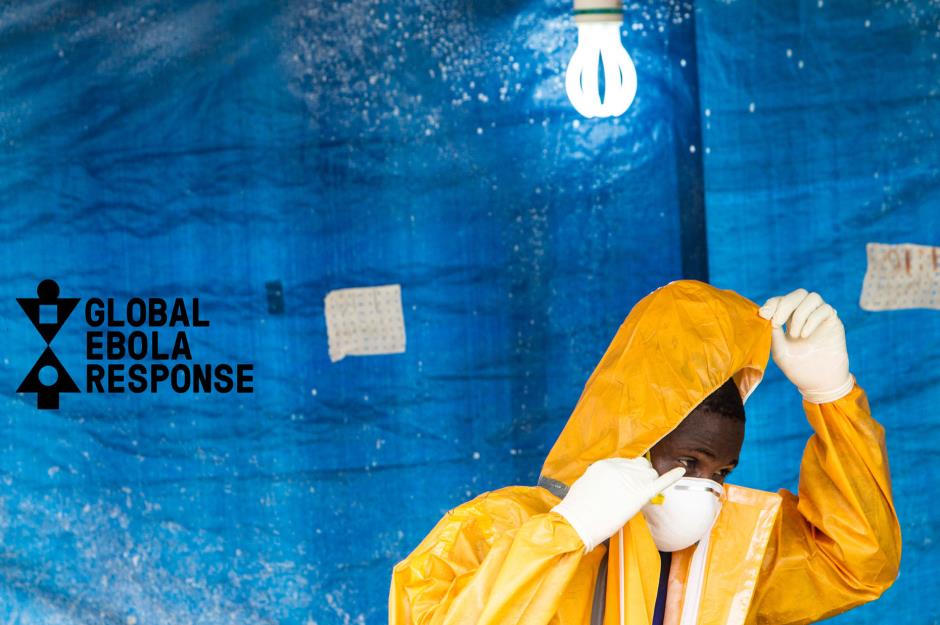
Unmeer Flickr CC
The after-effects of the 2014 ebola epidemic and a decline in iron ore prices, the country's principal export, have led to a significant contraction in the Sierra Leonean economy. In 2015 alone, the economy shrunk by almost a quarter.
Yemen: -28.1% growth rate
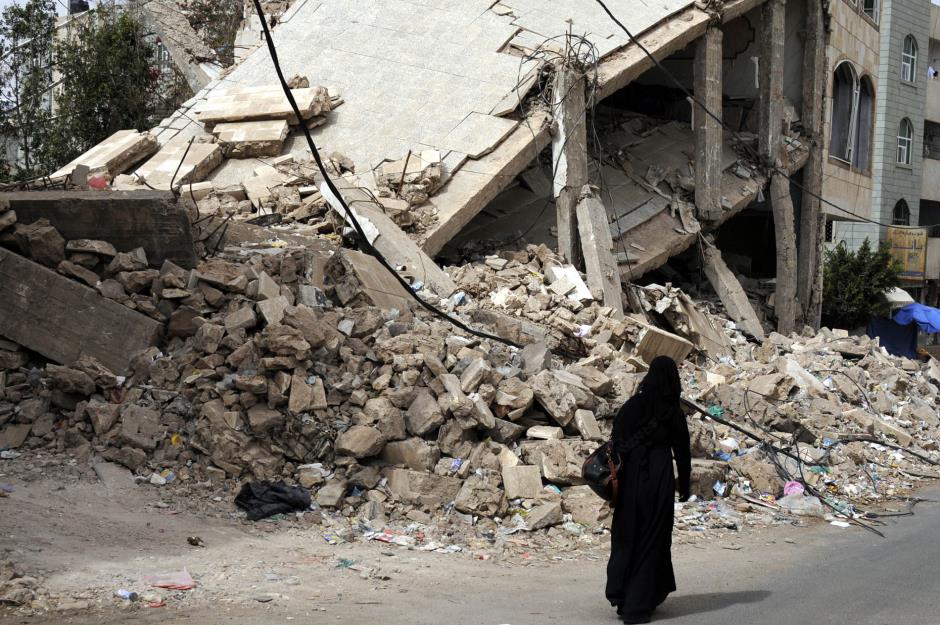
Xinhua/SIPA/PA
The world's fastest-shrinking economy, Yemen has been embroiled in civil war since 2015. The production of oil, the country's main export, has more or less ceased and GDP languished at a staggering -28.1% in 2016.
Comments
Be the first to comment
Do you want to comment on this article? You need to be signed in for this feature
Most Popular
Features How Michael Jackson's children boost their bank balances